Only once in 175 years Jupiter, Saturn, Uranus and Neptune aligns in space such that a spacecraft can visit all four in a single flight. This is a very rare cosmic phenomenon which is really exciting. This last happened in the decade of 1970’s and will not occur until the mid of 22nd century. Unfortunately this phenomenon will not happen in our lifetime not to mention that this won’t affect us as we won’t be able to see it with our naked eyes. The scientists during that time were however able to use this opportunity and send a spacecraft and learn more about those planets. Voyager 1 was sent into space to do flybys of Jupiter, Saturn and one of Saturn’s largest moon – Titan. On November 20, 1980, Voyager did a flyby of Saturn and sent us some of the pictures of the ringed planet along with some of its moon.
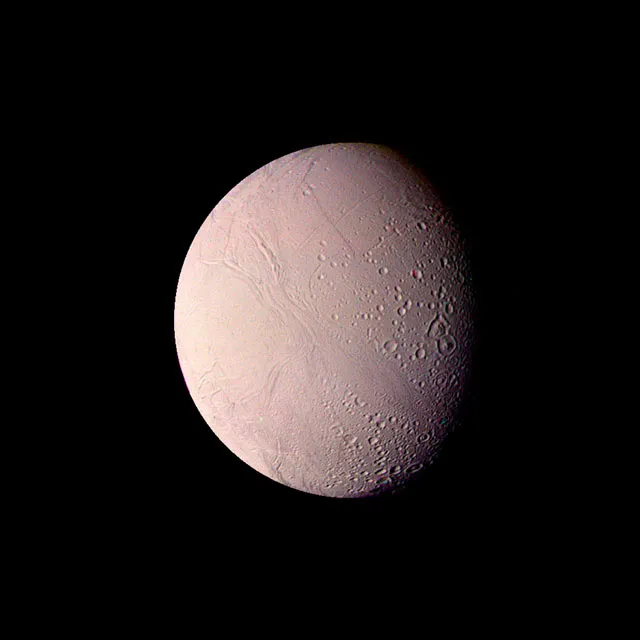
Saturn's Moon Enceladus
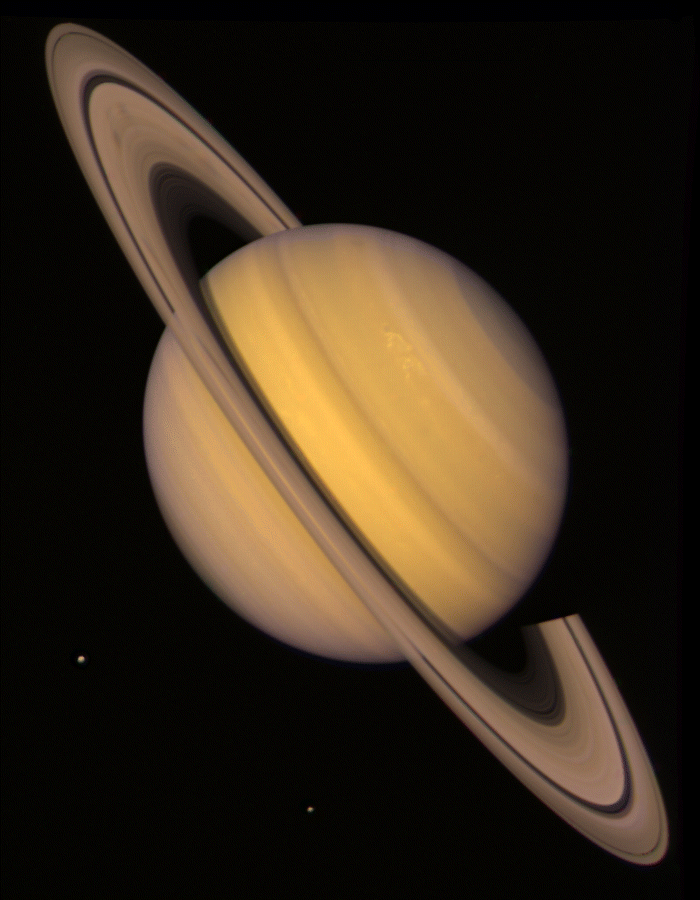
Saturn
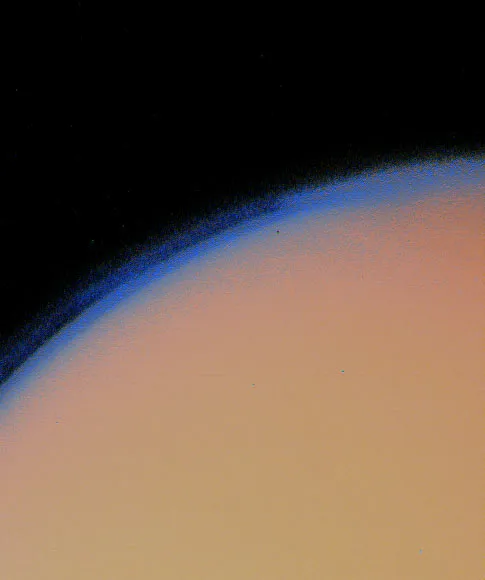
Titan - Saturn's another Moon
This led to the European Space Agency program to send a probe into Titan – Saturn’s largest moon. Huygens Probe was sent with Cassini spacecraft and was collaboration between NASA and ESA (European Space Agency). The Cassini – Huygens mission was sent into space to specifically learn about the Saturn and its moons. Huygens probe is actually the only spacecraft ever to land on Titan and it is also the farthest landing from Earth a spacecraft has ever made. Almost 1.4 Billion Km.
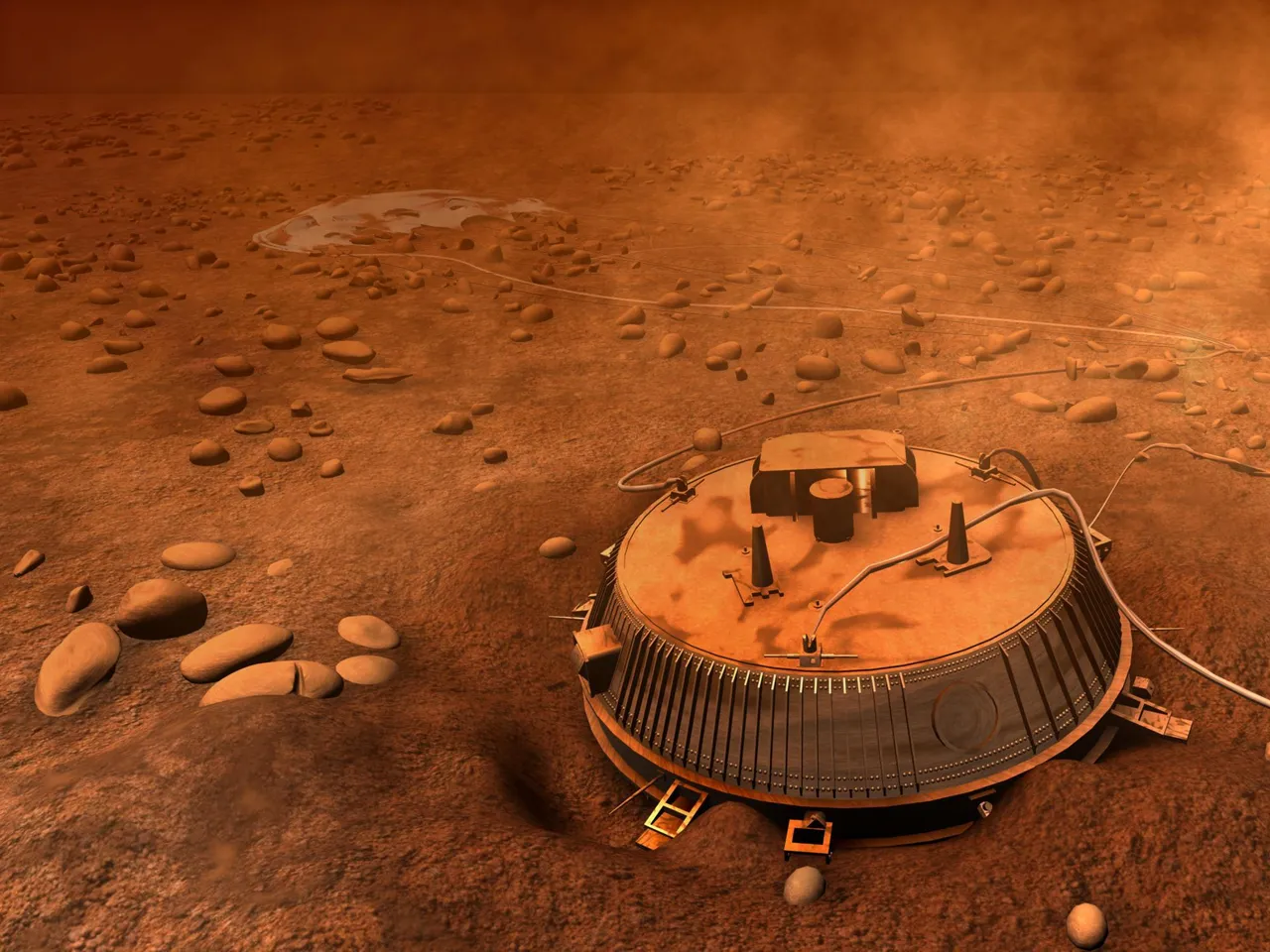
Imagine there is (probably) a spacecraft 1.4 billion away on a moon other than our own. Huygens sent some images of Titan where it landed which shows some rock like things lying around it.

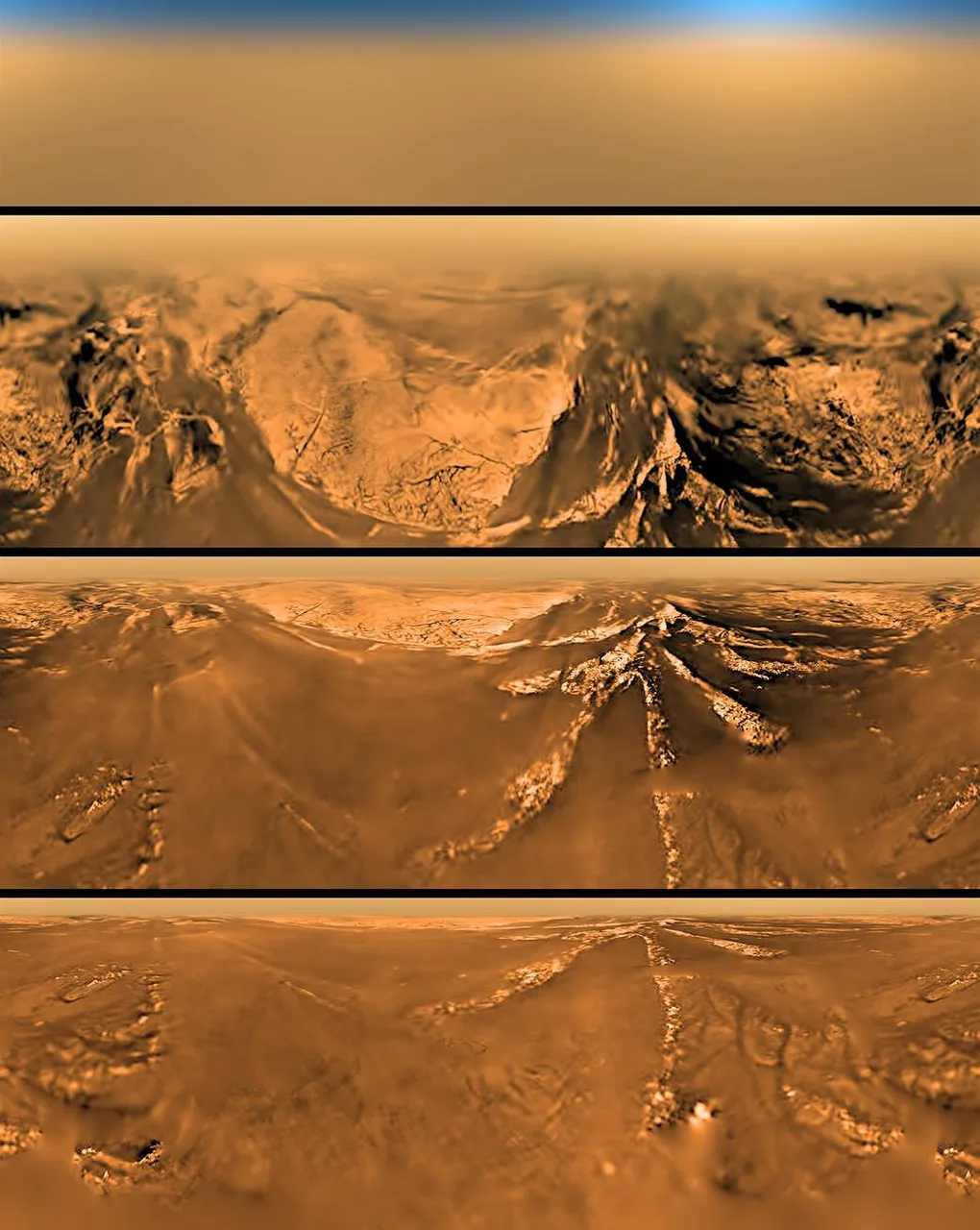
Will humans ever reach there? Will there ever be life on Titan or is it now? The pertinent question about outer space that have no answer at all.